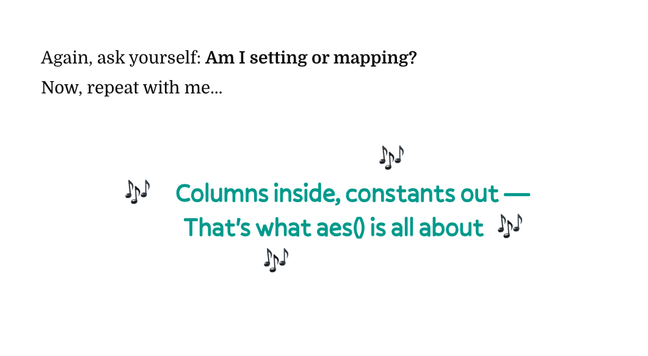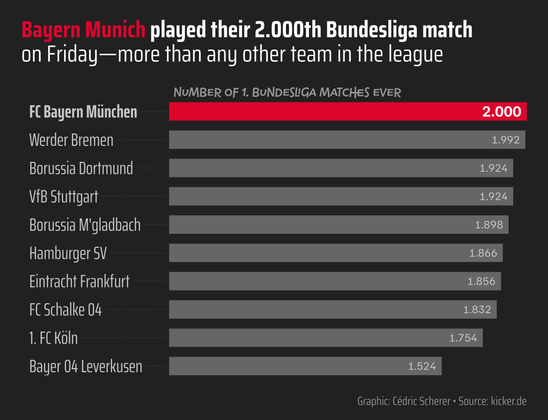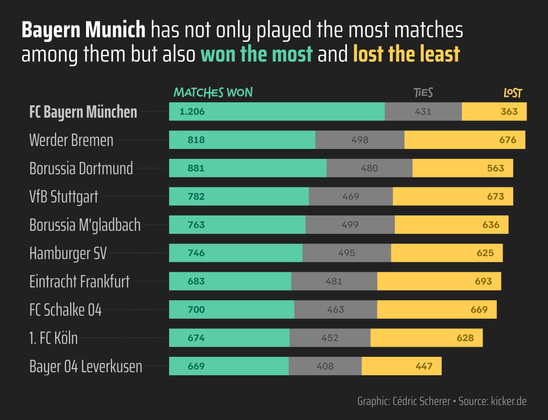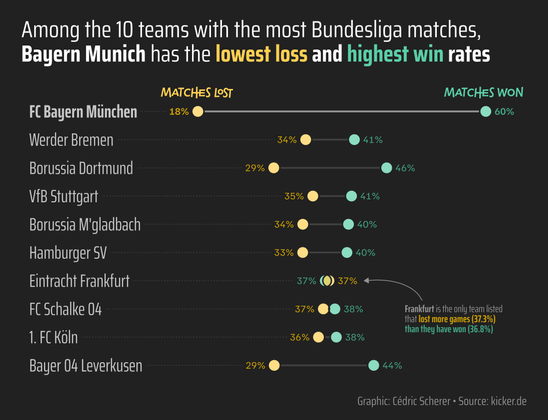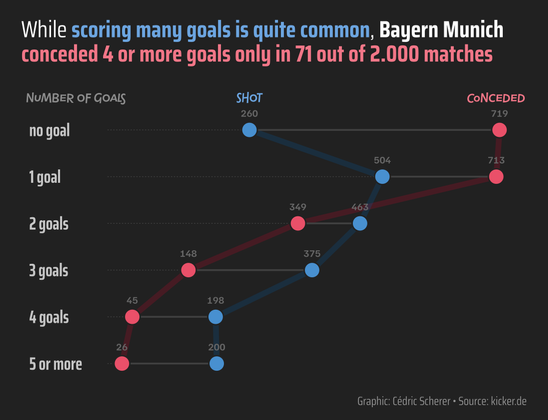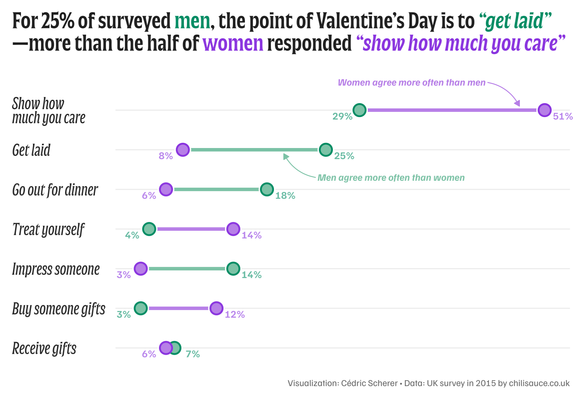Working on the latest lesson for our interactive online workshop "ggplot2 [un]charted", I let loose a bit...
The sections ended up fun — yes, and maybe a bit silly at times 🤡
My personal highlight:
our very own #aesthetics anthem as a memorable mnemonic to recall the most important — and likely most frustrating — concept of #ggplot2 ✨🎶✨
New lesson out now 👉 https://www.ggplot2-uncharted.com/module1/aesthetics-caveats
